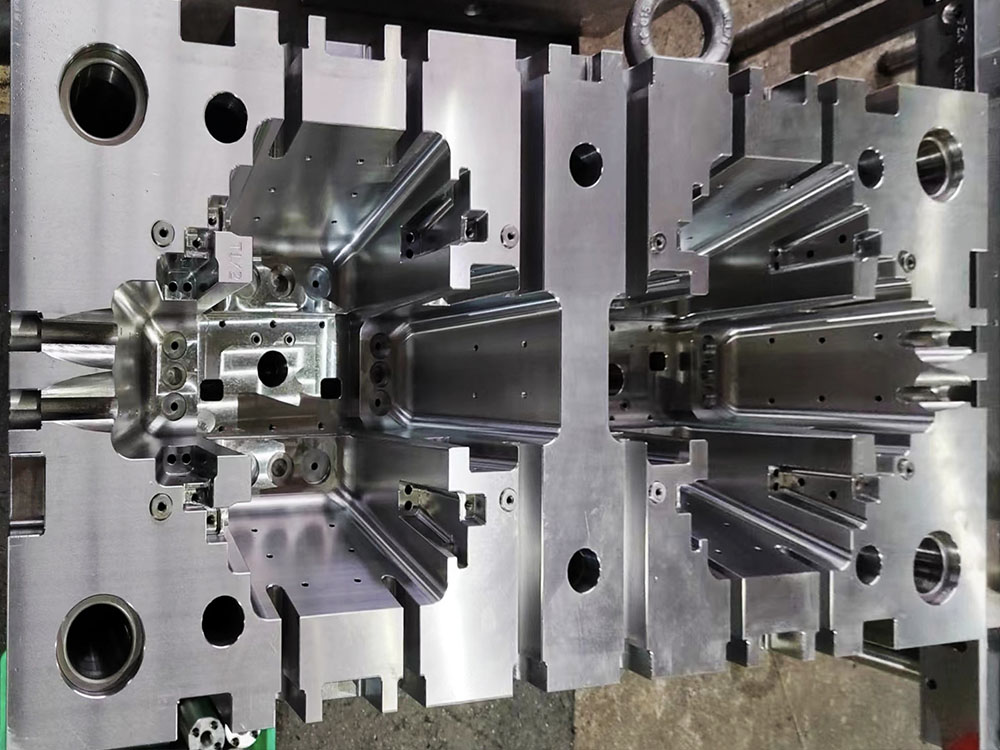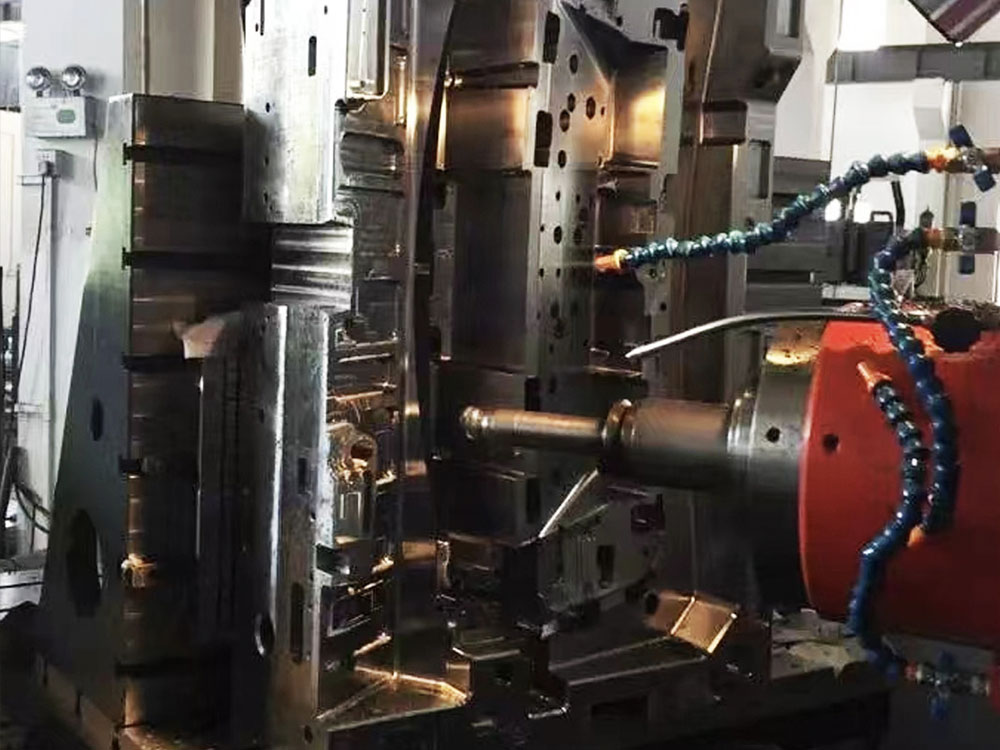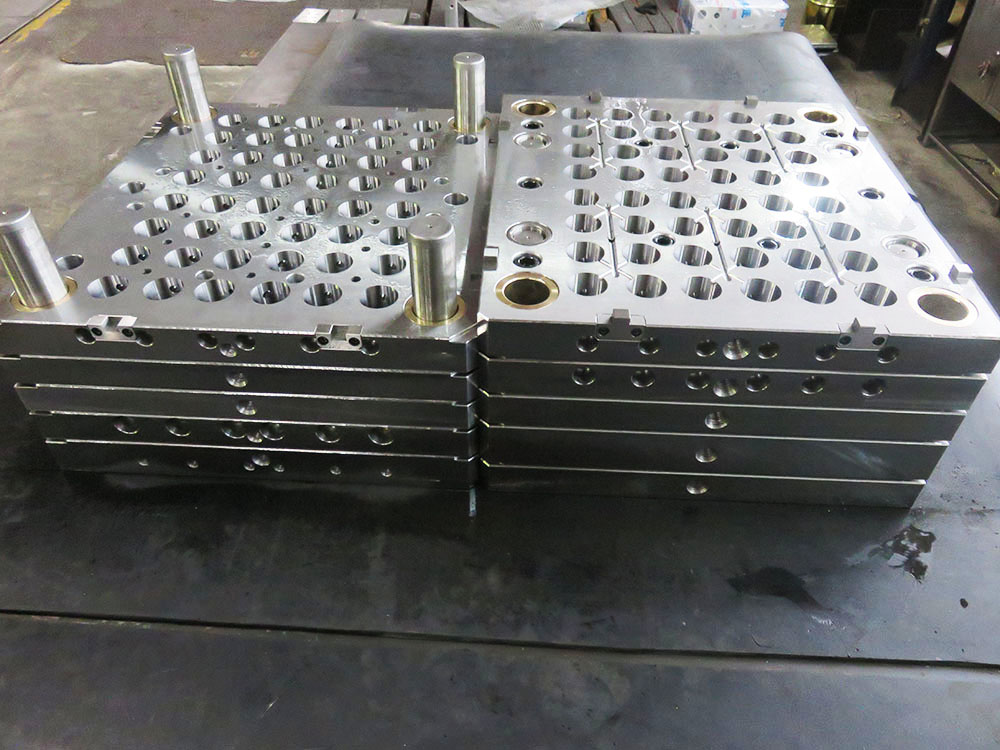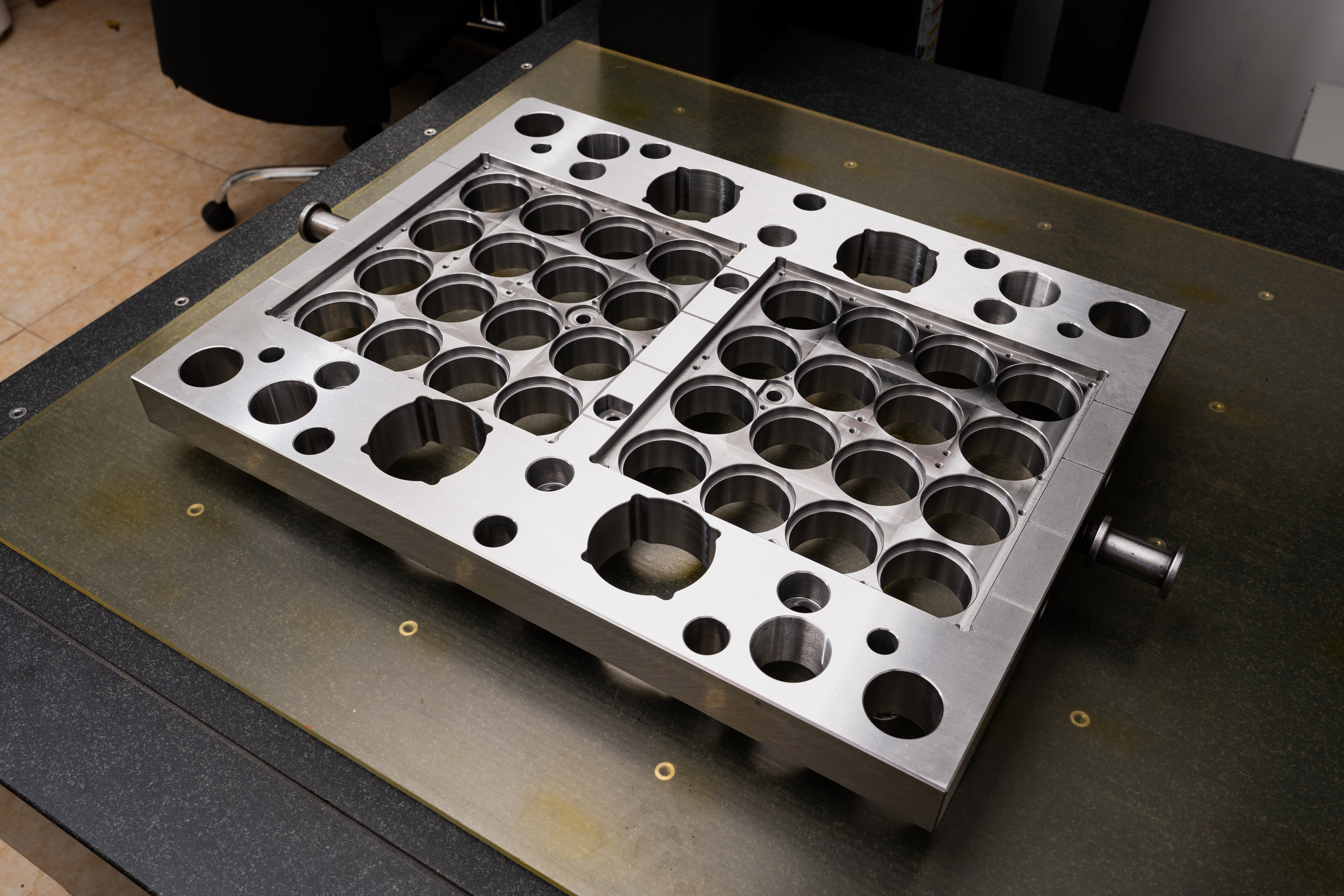Introduction
The mold base plays a crucial role in injection molding, as it provides the foundation and support for the various components of the mold. Choosing a standard mold frame requires careful consideration to ensure optimal performance, efficiency, and long-term durability. This article will outline the key selection criteria to help you choose the right mold base for your injection mold.1. Compatibility with Machine and Mold Size
The first criterion to consider is the compatibility of the mold frame with your injection molding machine and the desired mold size. Ensure that the mold base dimensions match the machine specifications and that it can accommodate the required mold size, including the maximum part dimensions, number of cavities, and runner system.
2. Material and Construction
The choice of material for the mold frame is critical for ensuring durability and resistance to wear and tear. Common materials used for mold bases include stainless steel, aluminum, or hardened steel. Consider the specific requirements of your molding operation, such as production volume, expected mold life, and working environment, to determine the most suitable material.
Additionally, the construction of the mold base should be sturdy and able to withstand the forces applied during the injection molding process. Look for features like reinforced corners, robust clamping systems, and sufficient cooling channels for efficient heat dissipation.
3. Alignment and Precision
An accurate alignment of mold components is crucial for achieving high-quality, dimensionally stable parts. Ensure that the selected mold frame offers precise alignment mechanisms, such as guide pins, bushings, or interchangeable locating components. These features enable the proper alignment of the mold halves and improve molding repeatability.
Moreover, consider the availability of fine adjustment capabilities to compensate for any minor misalignment during assembly or operation. This is particularly important for molds with multiple cavities or complex geometries.
4. Ease of Maintenance and Repair
To minimize downtime and optimize production efficiency, choose a mold base that allows for easy maintenance and repair. Look for features like quick-release systems for mold component removal, detachable inserts for easier maintenance, and accessibility to crucial areas for cleaning, lubrication, and inspection.
Furthermore, consider the availability of spare parts and the ease of replacing worn-out or damaged components. Selecting a mold base from reputable suppliers with a comprehensive support system can ensure timely availability of replacement parts.
5. Cost and Lead Time
While quality and performance should be the primary considerations, it's essential to evaluate the cost-effectiveness of the chosen mold frame. Compare prices from different suppliers and consider the overall long-term cost, including maintenance, repair, and potential productivity gains.
Additionally, assess the lead time required for manufacturing or sourcing the mold base. Timely availability is vital to meet production schedules and reduce downtime.
Conclusion
Choosing a standard mold frame for injection molds requires careful attention to various factors such as compatibility, material and construction, alignment and precision, ease of maintenance and repair, and cost considerations. By thoroughly evaluating these criteria, you can select a mold base that meets your specific requirements, maximizes production efficiency, and ensures long-term performance and durability.




